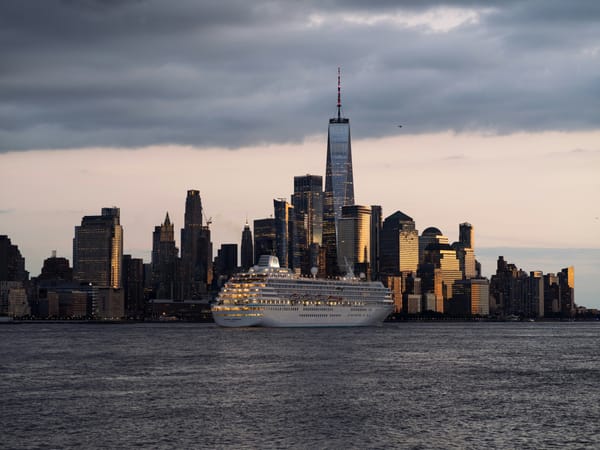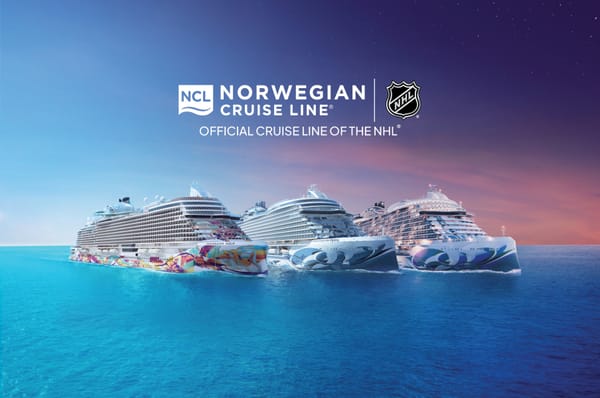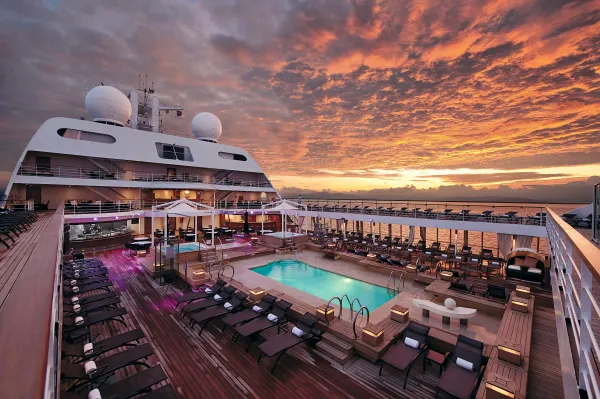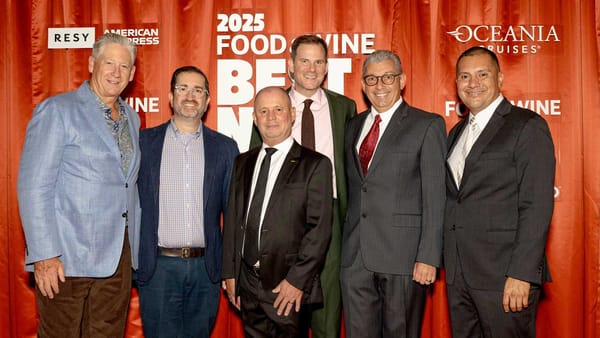High Winds Break Moorings for Two Cruise Ships at San Francisco Port
Strong winds at San Francisco’s port led two cruise ships to break loose, spotlighting how crews’ rapid actions and preventive protocols avert more serious maritime incidents.
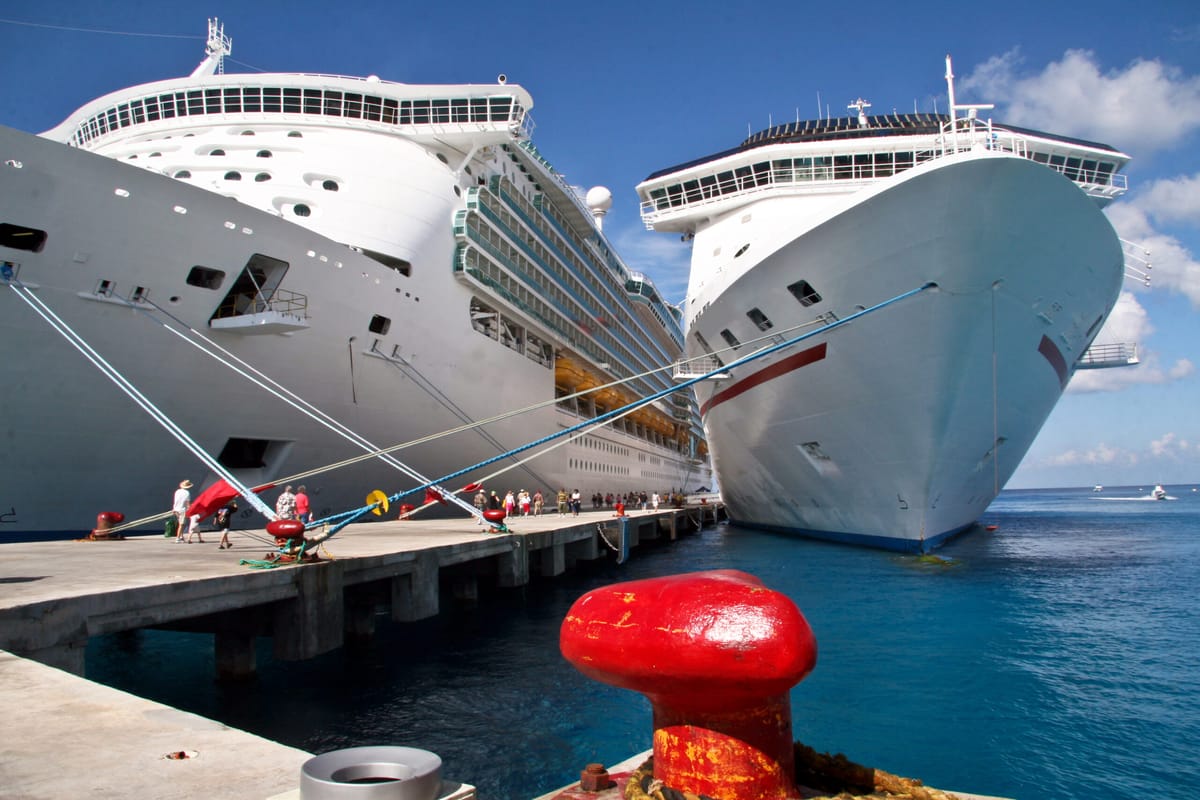
Two cruise ships, Princess Cruises’ Discovery Princess and Holland America Line’s Koningsdam, faced a severe weather challenge on April 1, 2025, when high winds disrupted their moorings at the Port of San Francisco. Both vessels briefly drifted away from their berths as lines snapped under gusts exceeding 40 miles per hour. While neither ship sustained major damage, these incidents highlight the importance of rapid crew response and preparedness in maritime operations.
Challenging High Winds in San Francisco
The difficulties began at Pier 27 when Discovery Princess, a 145,000-gross-ton ship, was forced to disconnect from shore power and rely on its engines due to strong wind gusts. By 5:00 p.m., six aft mooring lines snapped simultaneously, causing the vessel to shift unexpectedly. One passenger recounted the tense moments, remarking, “Without the engines running, this could have been a major disaster.”
Nearby, the 99,863-gross-ton Koningsdam encountered a failed pier bollard that also led to the snapping of several lines. At one point, the ship’s gangway detached and fell into the water, though no one was on it at the time. Crew members quickly deployed the vessel’s bow thrusters, azipods, and an anchor to maintain position. In both cases, port officials say high winds made docking operations unusually hazardous.
Proactive Measures and Crew Response
On Discovery Princess, the captain had already switched to engine power earlier in the afternoon, anticipating worsening conditions. This foresight allowed rapid activation of aft thrusters the moment the lines gave way. Holland America Line’s captain likewise kept Koningsdam’s thrusters in standby mode, ready to counter drifting if necessary.
“Safety remains our top priority,” a Princess Cruises spokesperson said. “Our crew acted swiftly under challenging circumstances, ensuring Discovery Princess was stabilized and passengers remained secure.” Local maritime authorities echoed that sentiment, commending both lines for thorough emergency protocols. A San Francisco port representative noted, “San Francisco Bay is known for its high winds, and incidents like these highlight why proactive measures are essential.”
Impact on Itineraries
Despite the scare, both ships departed San Francisco later that evening with minimal disruption. Discovery Princess, carrying up to 3,660 passengers, set sail at approximately 10:00 p.m. to continue its 7-night California Coast itinerary, including a planned stop in San Diego. Meanwhile, Koningsdam departed at around 9:00 p.m., heading north to Astoria, Oregon, before on to Vancouver. Passenger accounts from both vessels praised the professionalism on display. “It’s reassuring to see how quickly they reacted to ensure safety,” said one of Koningsdam’s travelers.
The events did not necessitate last-minute itinerary changes or extended port stays. Each ship reported only minor adjustments in mooring protocols, with both planning to finish their respective sailings on April 5 after a series of West Coast stops.
Port and Industry Outlook
Port of San Francisco officials confirmed no significant structural damage to terminals, though discussions are underway about reinforcing mooring equipment and upgrading bollards. “Our joint efforts with cruise operators were crucial in mitigating the situation,” said a senior port representative. “Advance weather alerts and rapid responses at Pier 27 helped avoid injuries and significant property damage.”
Industry representatives, including the Cruise Lines International Association (CLIA), emphasized that vigilance in gusty ports remains vital for passenger and crew safety. Future steps may include more advanced port sensors, enhanced communication protocols during adverse conditions, and refined docking procedures to limit risk. The incidents in San Francisco demonstrated the value of well-practiced emergency processes, underscoring the industry’s capacity to adapt when environmental factors threaten routine operations.
Frequently Asked Questions (FAQs)
Why did the mooring lines snap in San Francisco?
Sudden, forceful wind gusts placed extreme tension on the lines, causing them to break. A failed pier bollard also contributed to the stress on Koningsdam’s mooring system.
Did the incidents cause injuries or damage?
No injuries were reported aboard either vessel, and port officials have confirmed no major damage to the piers or ships. Quick actions by the crews and use of thrusters helped avert collisions.
How did the ships prevent collisions?
Discovery Princess utilized its aft thrusters after the mooring lines snapped, while Koningsdam relied on bow thrusters, azipods, and its anchor to stabilize. Having the engines on standby was crucial to managing the drift.
Did the incidents affect the itineraries of either cruise ship?
Neither vessel experienced significant delays. Both left San Francisco on April 1 and continued their scheduled West Coast itineraries, expecting to conclude their voyages on April 5 as planned.
Are there plans to upgrade port infrastructure?
Port authorities are exploring infrastructure improvements, such as reinforcing bollards and employing upgraded mooring systems. Collaborative efforts between the port and cruise lines also include real-time weather monitoring to enhance preparedness.
Thanks to the decisive actions of both captains and crews, Discovery Princess and Koningsdam avoided serious incidents, offering a clear demonstration of the cruise industry’s emphasis on safety and operational readiness in challenging environmental conditions.

